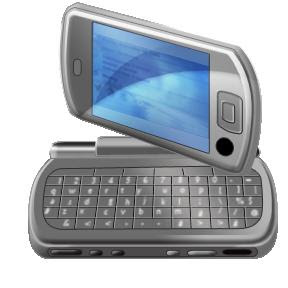Small cells are better than base stations for expanding wireless infrastructure coverage in the ear of smart phones. Wireless signals have incremental strength added locally in home, airport, or enterprise.
Small cells are able to offload traffic from the macro network to an underlay network at a street and indoor level. Small cells work for individual subscribers, public places, and enterprises. Small cells create a wireless signal transmission zone. A cluster of low-power access points are connected to a local controller. The quality of voice calls and data transmission is improved in a cost effective manner.
Small cells are units that address wireless services operator needs to continue to support of mix of 3G and 4G subscriber device generations and a mix of 3G and 4G technology within the same device. LTE standards for data are well established but wireless devices, smart phones still use 3G for voice services, creating a need for 3G and 4G transmission capability.
Delivery of voice services over LTE networks has not been standardized yet. Operators continue to deliver voice via their 3G networks even as they move data to LTE. As a result, subscriber devices are a mix of 3G-only and 4G plus 3G, with very few 4G-only devices. To support these subscribers comprehensively across all types of mobile services, operators must deploy a multi-mode radio access infrastructure including multimode femtocells.
Multimode femtocells provide a cost effective solution to effectively support all user services. There are 3G microcells, picocells, femtocells, a mix of devices known as small cells.
The number of mobile internet users has surpassed desktop users as tablets erode the PC markets rapidly. Video streaming and VoIP inflate traffic volumes by a factor of 1,000-fold by 2020. Adding conventional base stations is and unaffordable way to handle this situation. Operators are looking for cost-effective solutions to ease the pressure on their existing infrastructure.
The small cell and femtocell designs amalgamate a group of features generally found on macro base station installations to represent a local solution that is cheaper, faster, and better. These include the transmitters, the receivers, software middleware needed for a very local integrated approach to improving signal transmission for smart phones and tablets. Significant investments in research and development are necessary as the emerging small cell and femtocells industry builds on incremental technology roll outs.
Small cell and femtocell market shipments forecast analysis indicates that markets at $420 million in 2012 are forecast to reach $5.98 billion by 2019. Market growth comes because there is no other way to build out wireless data infrastructure in an economical manner. The delivery of apps is anticipated to grow to a $236 trillion, yes trillion dollar, market by 2019. This means a lot of data streaming around.
According to report analyst, “Small cell market growth is a result of various moves toward autonomous miniature base stations that are used as boxes to improve cell phone transmission, particularly smart phone signal transmission from everywhere.”
Market driving forces relate primarily to the need for increased local signal strength. Services providers are positioning with various small cell and femtocell models to meet huge demand as the world moves to 8.5 billion smart phones in use by 2019 and trillions of interconnected sensors on the Internet of Things. Many small cell vendors are making inexpensive smart phone local transmission a reality.
Know more about this report at : http://www.marketresearchreports.com/wintergreen-research/small-cells-and-femtocells-market-shares-strategies-and-forecasts-worldwide
Browse more reports under wireless category









